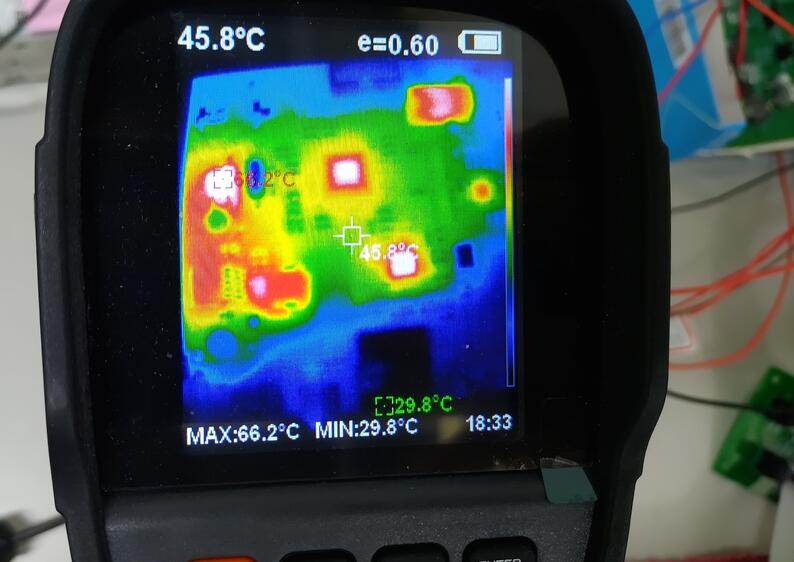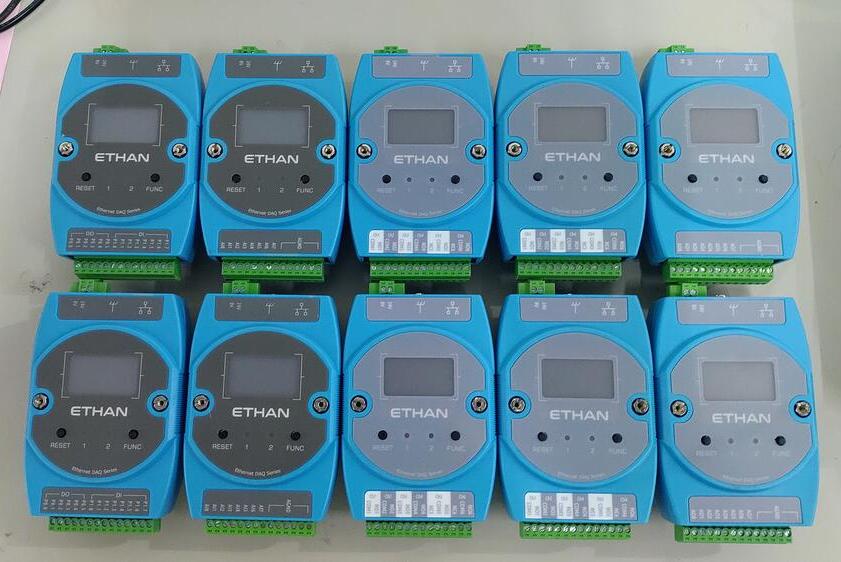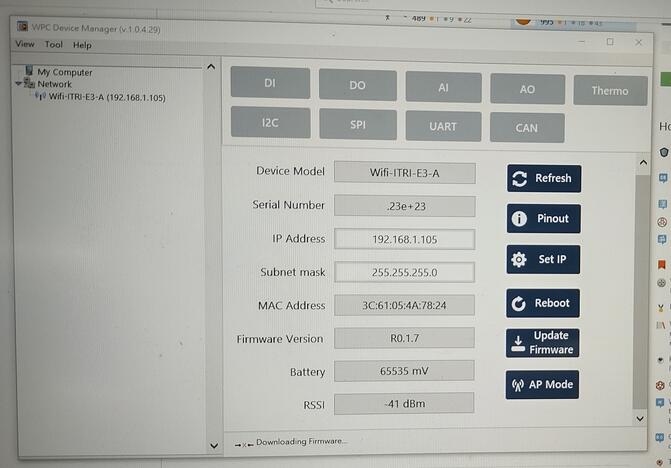In & Out
Data acquisition devices (DAQs) and controllers are pivotal components in industries, facilitating the measurement and control of processes.
DAQs capture and process real-world signals from sensors, converting them into digital data for analysis. Controllers, on the other hand, conduct desired actions and respond dynamically to changes, based on the information acquired by DAQs.
The synergy between DAQs and controllers is fundamental in creating responsive and adaptive systems, enhancing productivity and reliability across diverse applications.
Key considerations
Creating an efficient DAQ demands thoughtful attention to various elements. For example:
- Sampling rate: How quickly can it measure?
- Resolution: How precise are the measurements?
- Signal quality: What is the noise level?
- Synchronization: Can different sensors or channels measure simultaneously?
- Transfer protocols: Are the acquired data sent out quickly enough?
To design a reliable controller, we usually focus on points such as:
- Accuracy: How close are the actual output and the theoretical value?
- Latency: How fast does it respond?
- Stability: Will the output oscillate, diverge, or get stuck?
While the answers to these questions largely depend on the selection of components, such as sensors, ADCs, DACs, and control modules, the key to high performance usually lies in accounting for the interactions between hardware, circuits, firmware, and software. In the end, a well-balanced consideration of the above factors is indispensable for good design and implementation.
Drivers & human-machine interfaces (HMIs)
Beyond hardware considerations, software aspects are crucial for DAQs and controllers. When a DAQ or controller isn't stand-alone, interaction with humans or computers is essential for data transmission or command reception. Drivers and HMIs serve as bridges connecting hardware to computers and humans.
I have implemented DAQs and controllers with driver and HMI supports in Python, C#, and LabVIEW. This ensures that users can interact seamlessly with devices, focusing on applications without unnecessary complexity.



